11-Pointed Star: Approximate
Steven Dutch, Professor Emeritus, Natural and Applied Sciences, University of Wisconsin - Green Bay
It's surprisingly easy to get an 11-pointed star by a double approximation. First, pi is approximately 22/7, and second, for small angles, tan a, a and sin a are all approximately equal. Therefore tan pi/22 = 1/7, approximately.
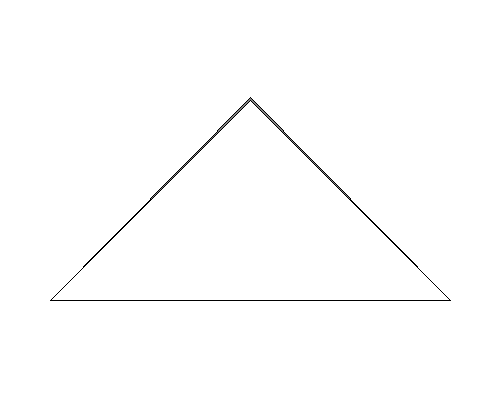 |
| Fold a square of paper diagonally in half |
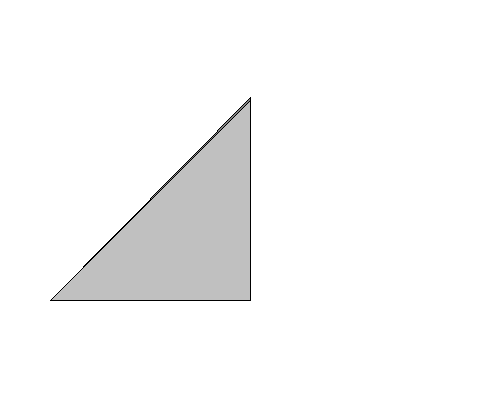 |
| Fold the base of the resulting triangle in half |
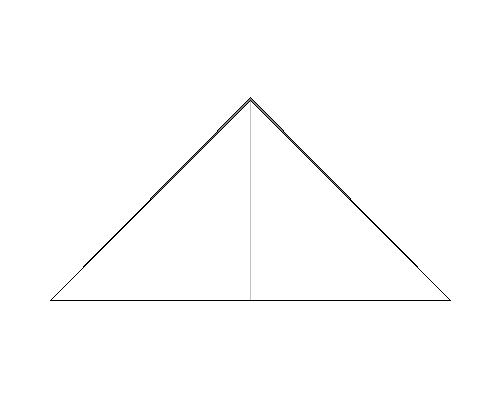 |
| Unfold the triangle to reveal the center crease |
 |
| Fold the top vertex down to the midpoint of the base |
 |
| Unfold the paper to reveal a crease halfway down from the top |
 |
| Fold the top vertex down to the halfway crease |
 |
| Unfold the paper to reveal a crease a quarter of the way down from the top |
 |
| Fold the top of the triangle down to the quarter crease |
 |
| If the height of the triangle is 1, the topmost crease is at an altitude of 7/8 and the half-width of the triangle at that point is 1/8, so we can fold an angle of arctan 7 as shown below. |
 |
|
Now arctan 7 = 90-arctan 1/7 = 90-180/22. So the angle between the base of the
triangle and the upfolded edge is 5(180/11). The folded wedge spans an angle of
half the remainder or 3(180/11). So the total angle created by the folding is
8(180/11). Bisecting this angle three times gives a wedge with angle 180/11. |
 |
| Fold the remaining base of the triangle to coincide with the right-hand side of the wedge. |
 |
| Bisect the wedge again |
 |
| The final bisection results in a wedge with apical angle 180/11. |
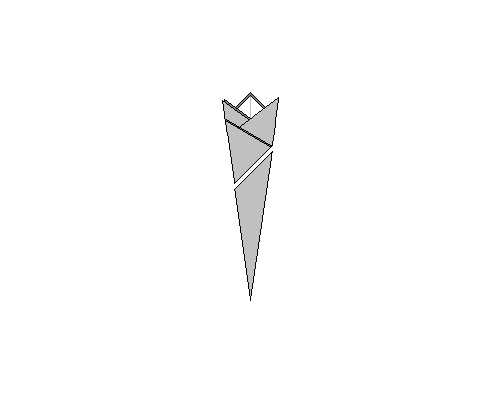 |
| Cut the wedge as desired and unfold as shown below. |
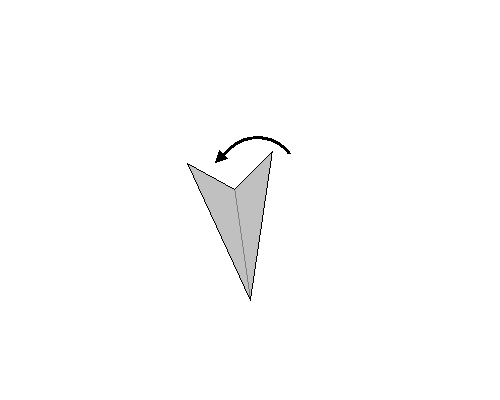 |
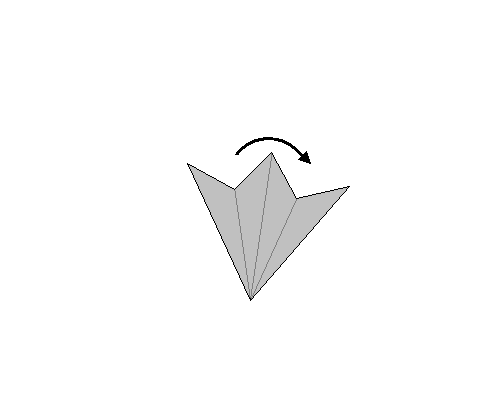 |
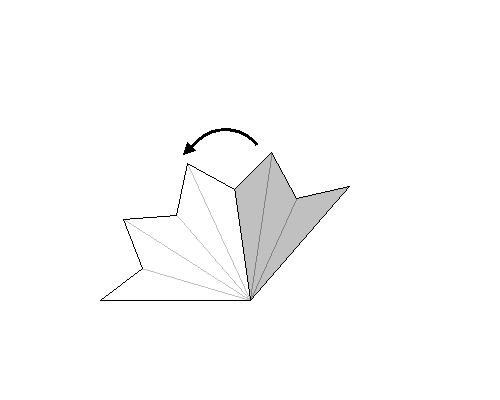 |
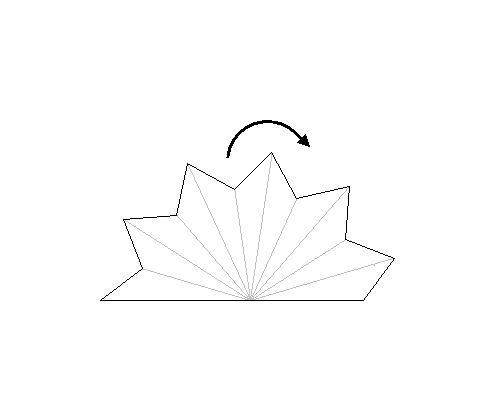 |
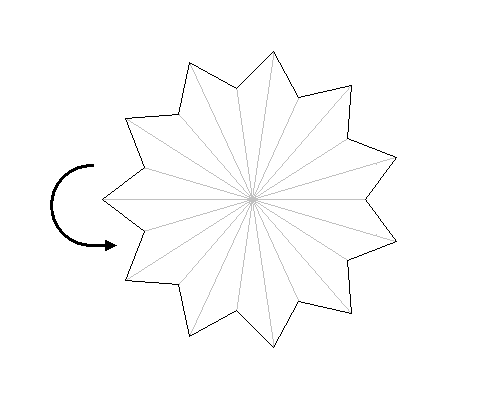 |
| The process is animated, below |
 |
Return to Recreational Mathematics Topics
Return to Paper-Folding
Return to Symmetry Index
Return to Professor Dutch's home page
Created 22 March 2006, Last Update 21 January 2020